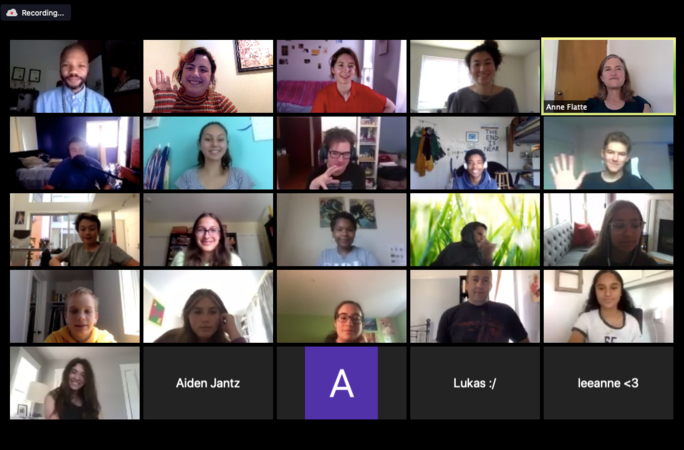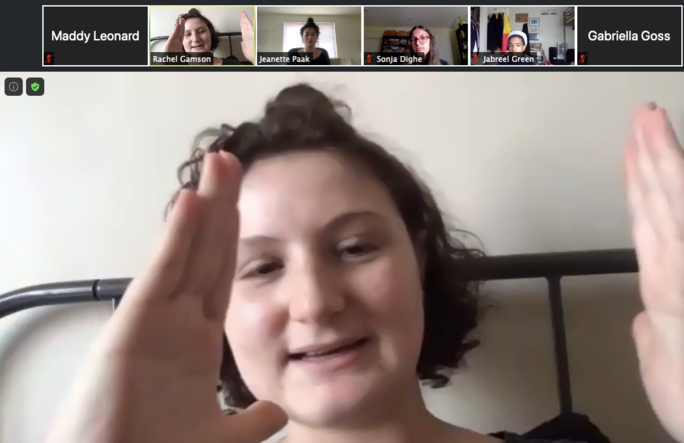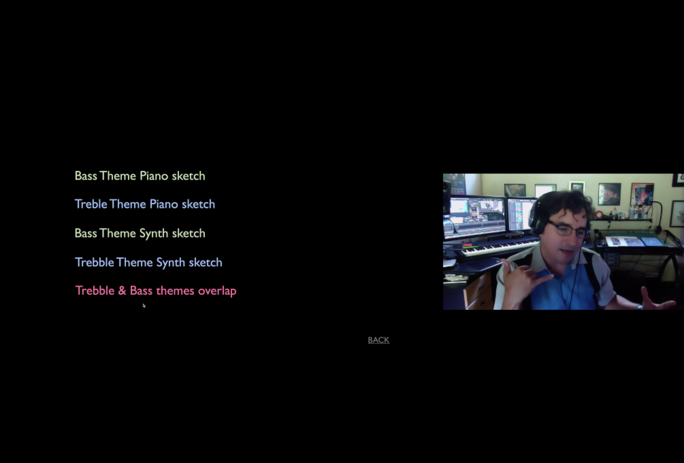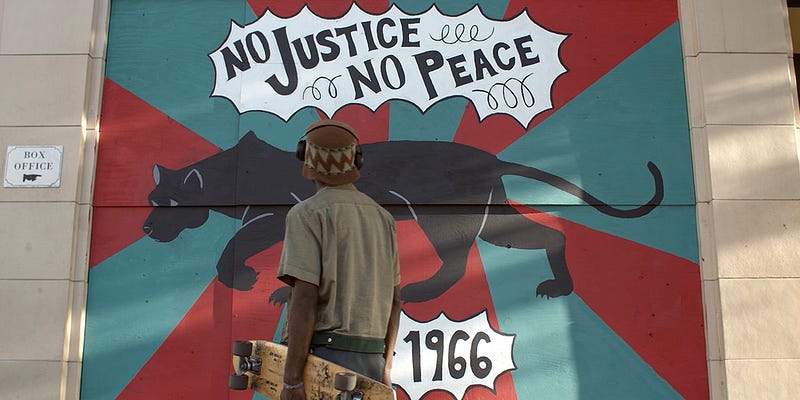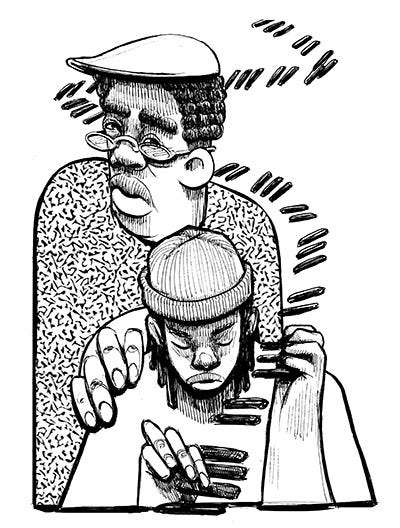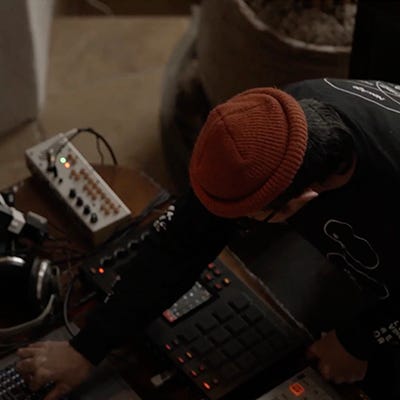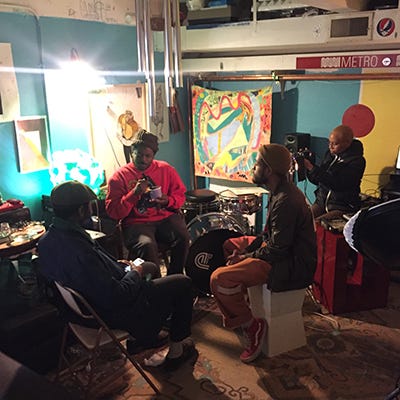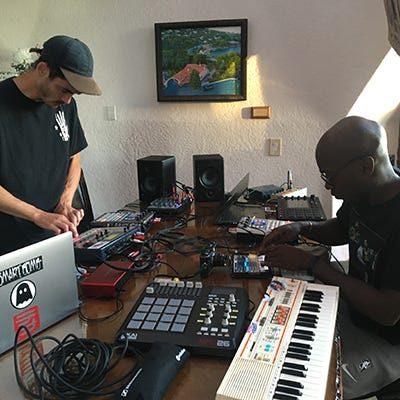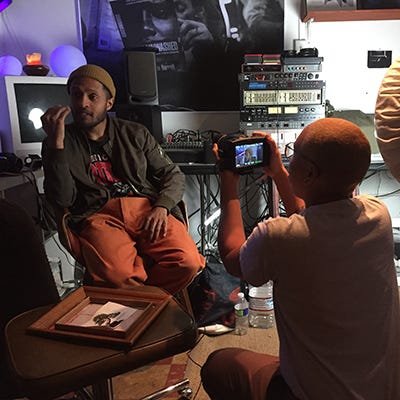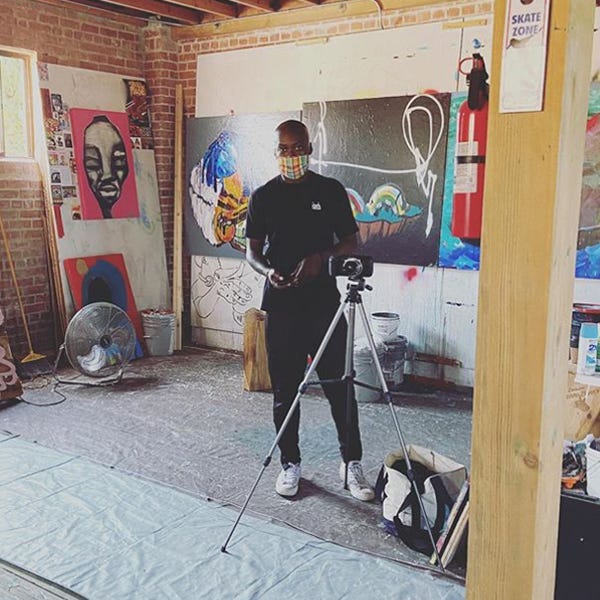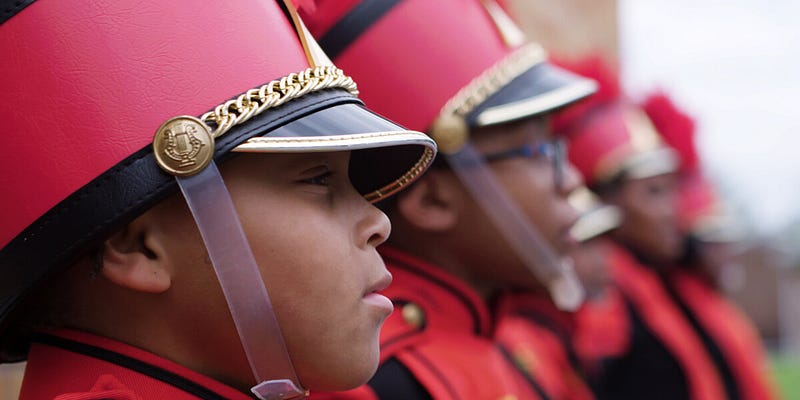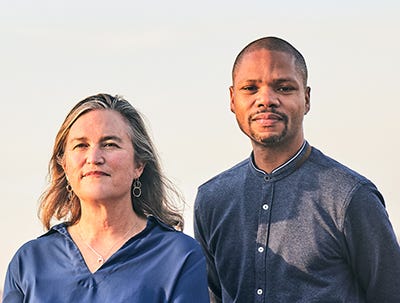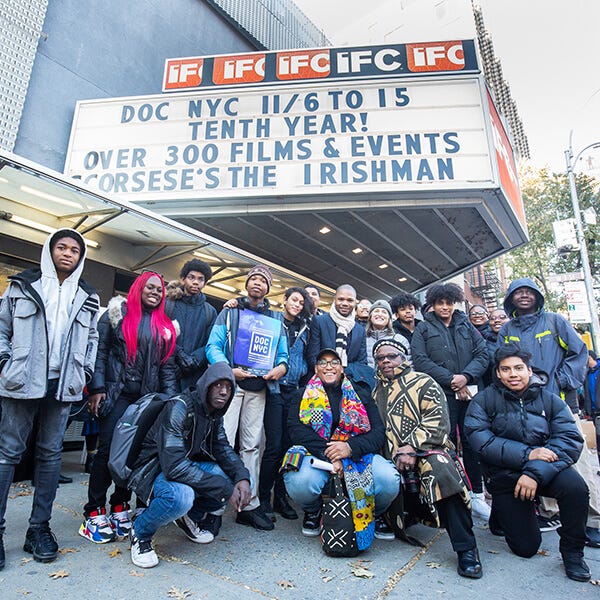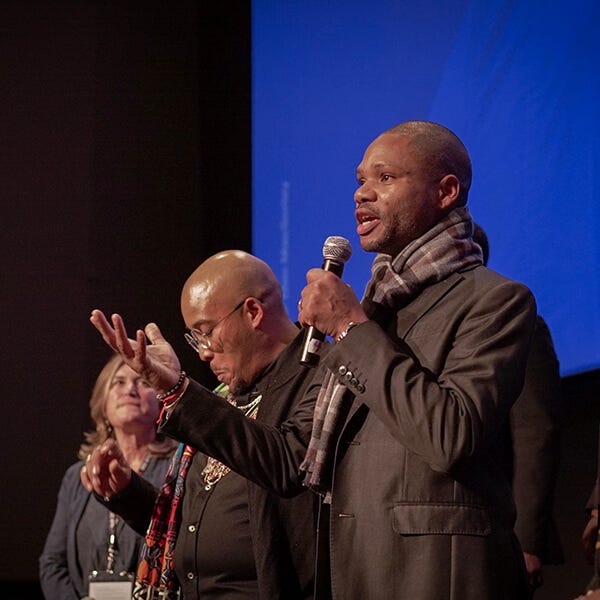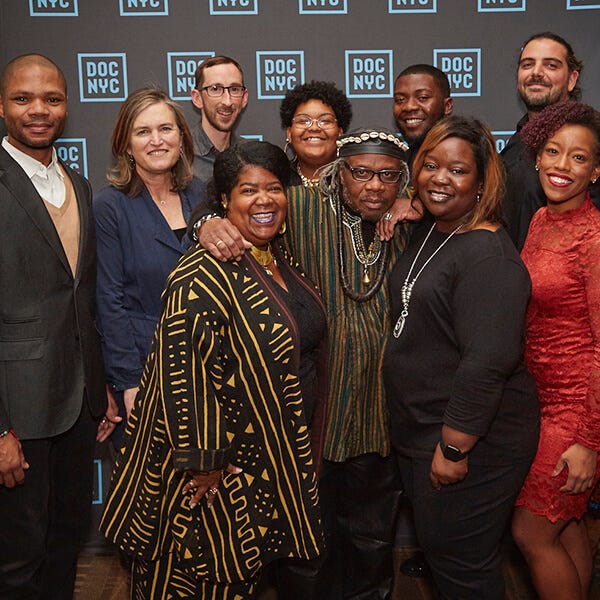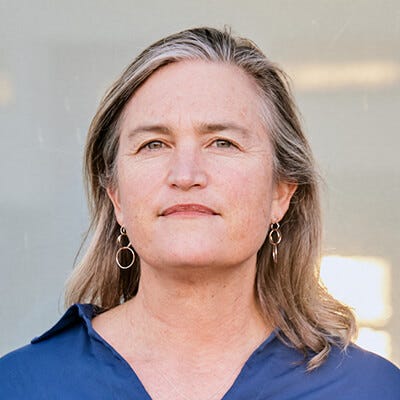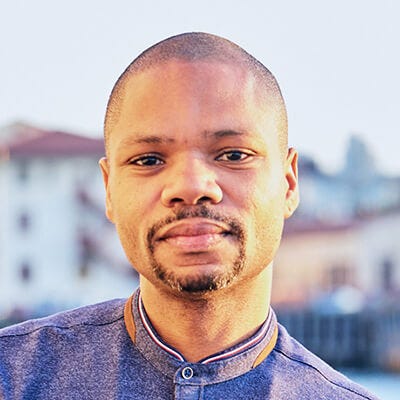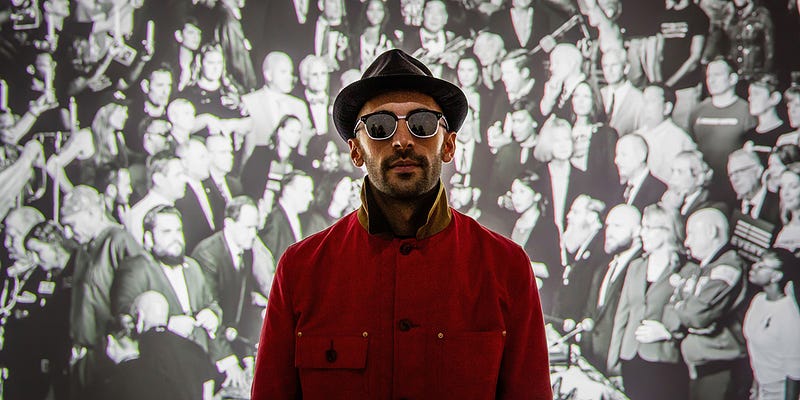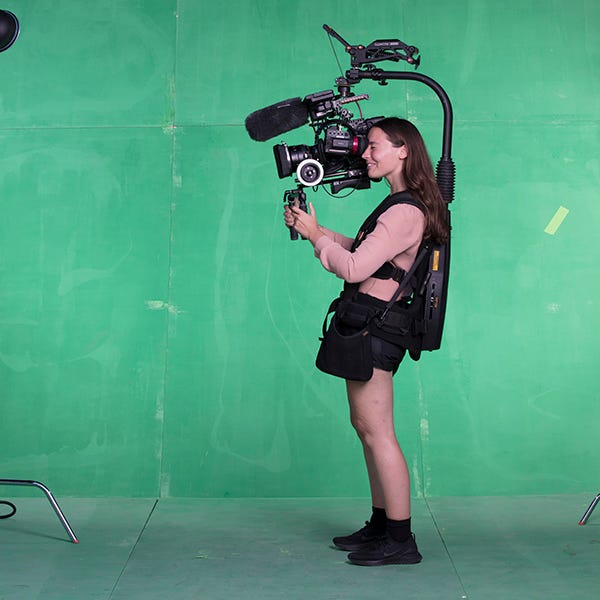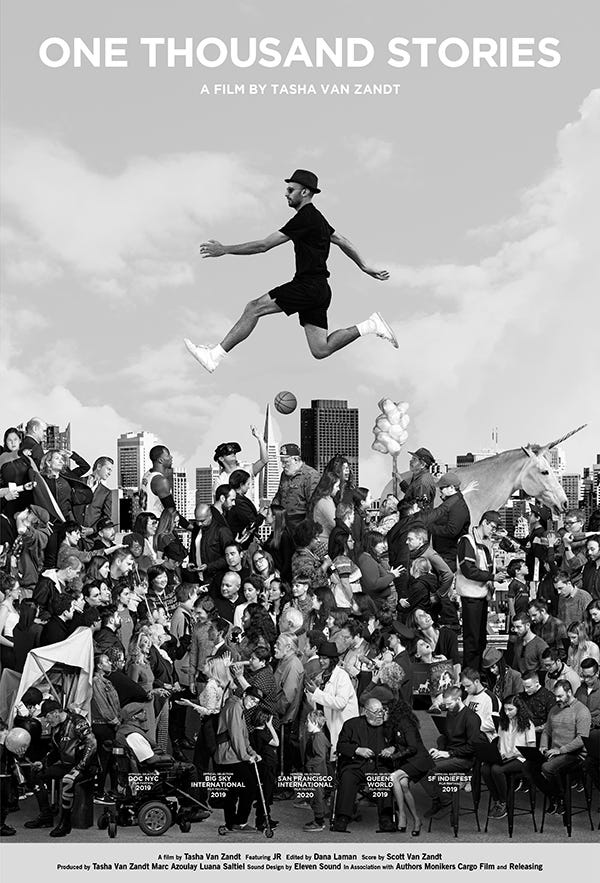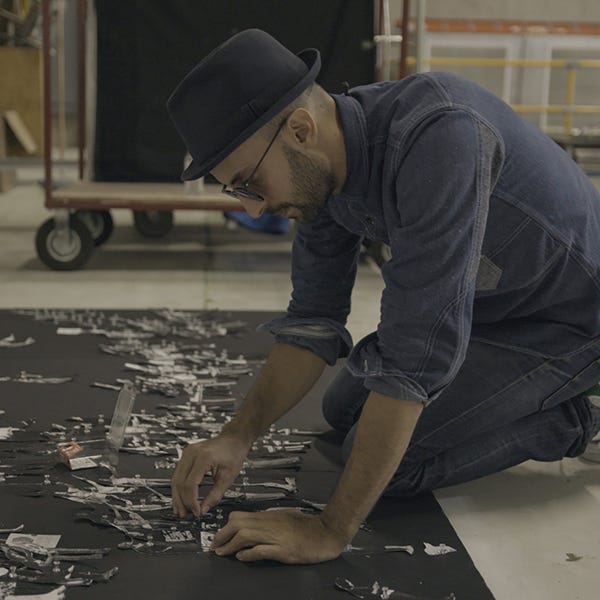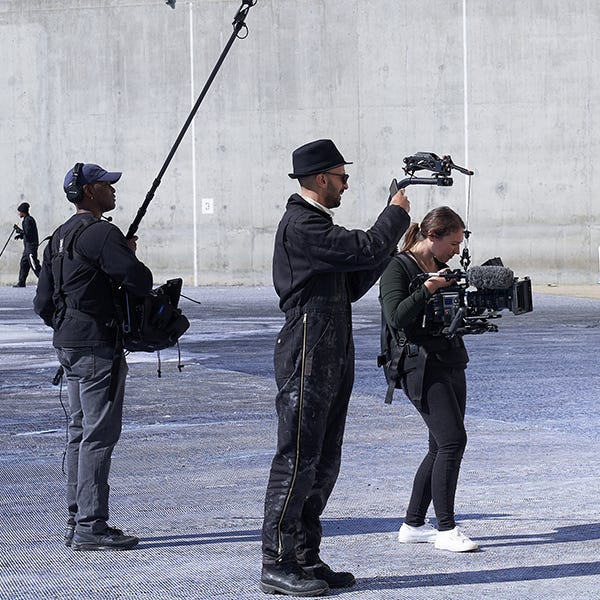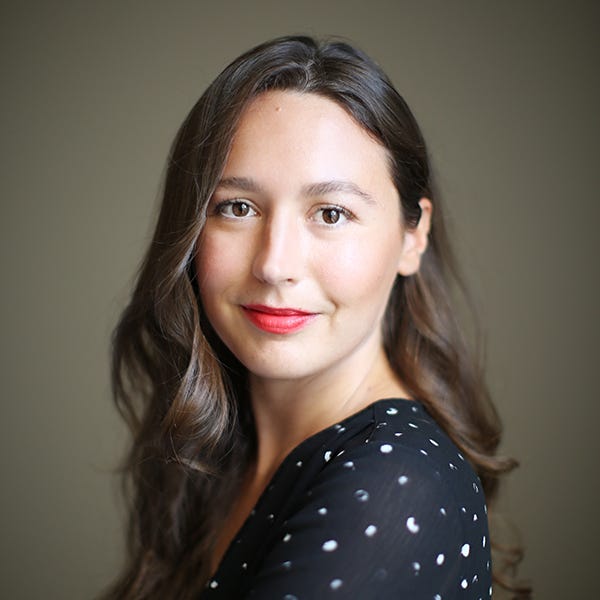Meet the Finalists for the Fall 2020 SFFILM Westridge Grants
Meet the Finalists for the Fall 2020 SFFILM Westridge Grants

SFFILM and the Westridge Foundation have announced the finalists for the sixth and final round of SFFILM Westridge Grants, a program offered by SFFILM Makers focused on supporting narrative feature projects in their earliest stages.
The SFFILM Westridge Grant was launched in late 2017 under a three-year partnership designed specifically to support the screenwriting phase of narrative feature projects whose stories focus on the significant social issues and questions of our time. Providing support at this critical early stage protects filmmakers’ creative processes, and allows them the time and space to concentrate properly on crafting their story, structure, characters, and themes, and refining their projects before diving into financing, production, and beyond.
Projects that have received early support through the Westridge program are on track to be completed within the coming years. Channing Godfrey Peoples’ Miss Juneteenth, which was a winning project in the inaugural round of Westridge Grants in Spring 2018 and the first from the program to be completed, premiered at this year’s Sundance Film Festival and was released digitally this summer to great acclaim.
As always, in addition to the cash grants, recipients receive various benefits through SFFILM’s comprehensive and dynamic artist development program, as well as support and feedback from SFFILM and Westridge Foundation staff. The winning projects from this group of finalists will be announced in late October.
FALL 2020 SFFILM WESTRIDGE GRANT FINALISTS
The Aisle
Ryan Koo, writer/director
In order to marry the love of his life, a biracial Asian groom must wake up from his coma, catch his would-be murderer, and unite his white and Asian families before they kill each other.
Chinks
Bing Liu, writer/director/producer; Jason Berman and Angela Lee, producers
A Chinese American teen navigates his first romantic relationship while figuring out how to rescue his mother and half-brother from an abusive stepfather.
The Four Year Term
Elton Loud, writer/director
In a not-so-distant future where marriages exist only as renewable four-year contracts, a Black millennial couple deemed perfect for each other must decide on the eve of their second renewal term whether they’ll remain together, or allow their troubled marriage to expire. As the couple struggles to save their marriage in a rapidly gentrifying Oakland, the world around them deteriorates as their actions have a supernatural “butterfly effect” on everything and everyone around them.
Frybread Face and Me
Billy Luther, writer/director/producer
Two adolescent Navajo cousins from different worlds bond during a summer herding sheep on their grandmother’s ranch in Arizona, as they learn about their family’s past and themselves.
Galilee, Rhode Island
Christina Tucker, writer/director
A fisherman recently released from prison falls for a drifter with a checkered past.
In Case of Apocalypse
Olivia Peace, writer/director; Grace Hahn, producer
Two former lovers are forced to band together for survival after an apocalyptic flood leaves them stranded for several days in a tiny attic apartment. Whether they make it or not has everything to do with faux fur and Detroit, queerness and gospel, and of course, aggressive vulnerability.
Magnolia Bloom
Phillip Youmans, writer/director; Stephen Love, Benh Zeitlin, and Quinn Curry, producers
Striving for the power to determine their own destiny, young Black community organizers with bonds thicker than blood revitalize their community in late ’60s New Orleans.
Pink Casa
Robert T. Herrera, writer/director/producer
In the industrial neighborhoods of South Texas, a Tejano oil refinery worker raises his orphaned and selectively mute 12-year-old niece. After she is discovered by national art media for painting every inch of their house pink and for showcasing prodigious creative talent, a renowned 80-year-old New York art icon and his daughter make contact. Their visit prompts the two disparate families to unearth their losses and confront their coupled futures.
Preserves
Micah Ariel Watson, writer/director/producer
When a restless dancer falls in love with an ex-offender — who appears young but was mysteriously born 150 years ago — an all-Black Kansas town, founded by former slaves, experiences a long-awaited cultural and spiritual revival.
A Rodeo Film
Darius Dawson, writer/director; Ryan Binse and Alexis Anderson, producers
A promising Black bull rider in rural Oklahoma must choose between his fledgling rodeo career or a life of crime with his strong-willed brother. A Rodeo Film is a story about how the bond of family can easily become bondage.
Rowland Heights
Yudho Aditya, director/co-writer; Max Rifkind-Barron, co-writer
With their mom in Indonesia, 16-year-old Justin and his older sister Jessica have raised themselves for years in a Southern California suburb where Boba-Tea reigns supreme. When Jessica leaves for college, Justin must face his junior year of high school, alone for the first time in his life. Fresh out of the closet and determined to find his voice and the place where he belongs, he embarks on an adventure of self-discovery, friendship, fabulousity, and love.
Smoking Tigers
So Young Shelly Yo, writer/director
Set in Los Angeles in the early 2000s, Smoking Tigers is a portrait of a lonely 16-year-old Korean American girl named Hayoung who is taken under the wings of three wealthy students she meets at an elite academic boot-camp. As she falls deeper into their world, Hayoung works harder to hide her problematic family and lower-income background from her new friends, only to discover the bittersweet pains of adulthood that will forever shape her life.
Find out more about this and other filmmaking grant opportunities at sffilm.org/makers.
